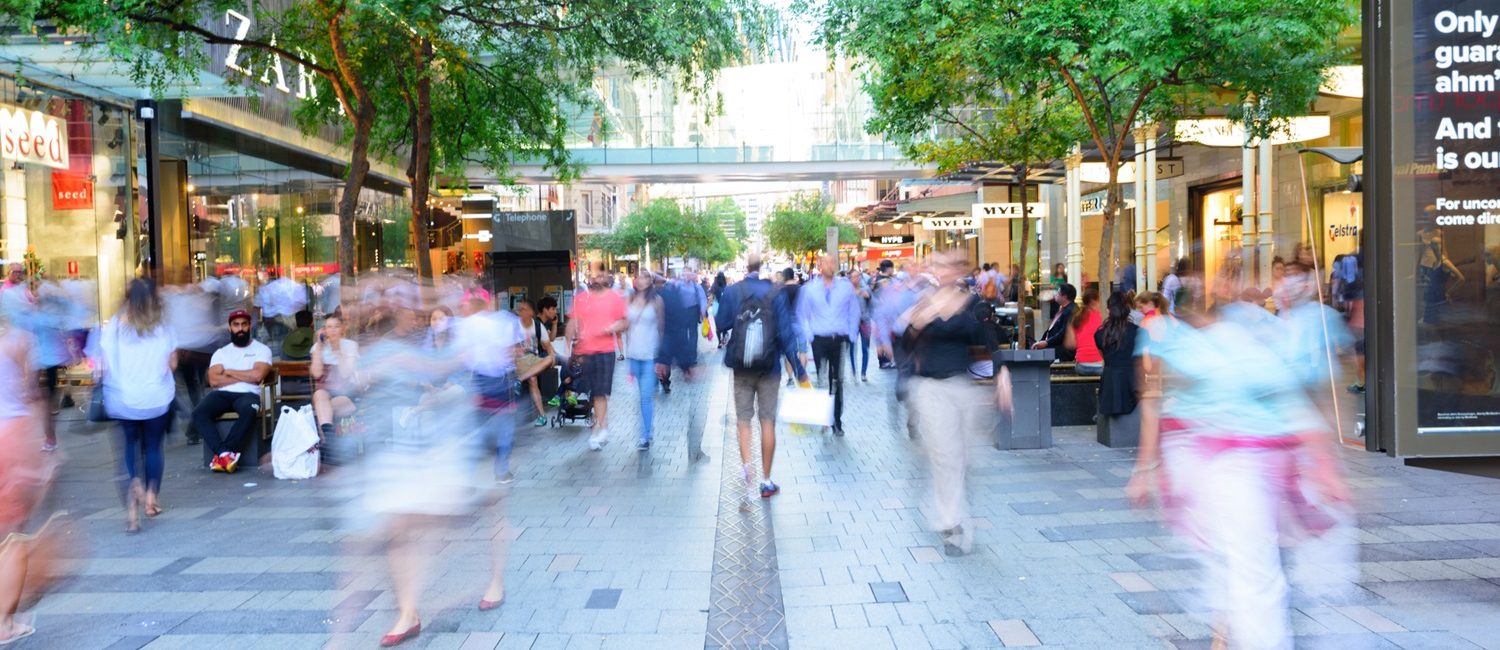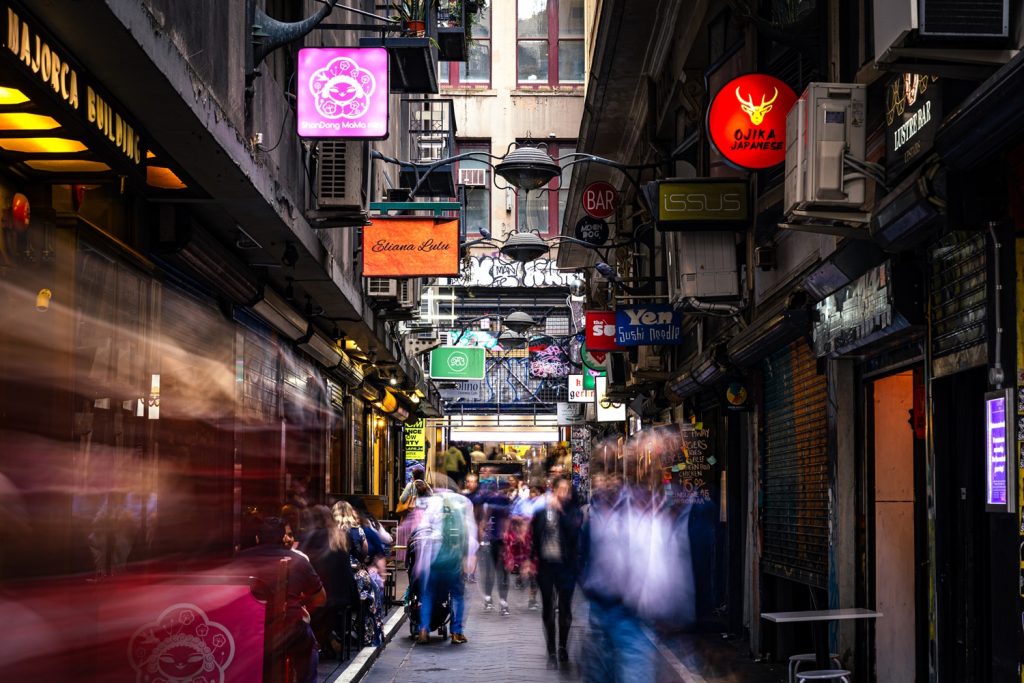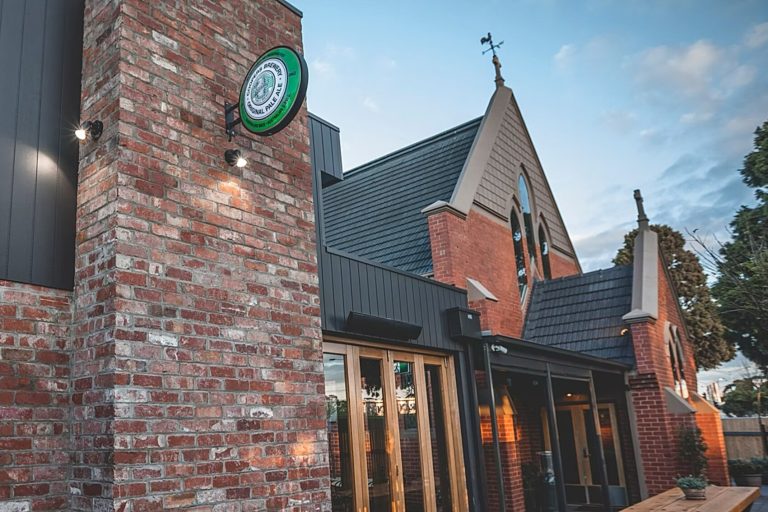Retailers flock back to CBDs as foot traffic grows

After years of disruption due to the pandemic and a cost-of-living crisis, Australia’s central business district (CBD) retail markets are finally on the mend.
Retail vacancy rates across Australia’s CBDs are sitting at the lowest levels seen in over two years, according to CBRE, marking a significant recovery for the sector.
Across Australia’s combined CBD markets, retail vacancy fell to 11.3% over the second half of 2024, down from 17.4% in the first half of 2022.
Nowhere has the reduction in vacancy been greater than in the Melbourne CBD, where retail vacancy has more than halved over this time, dropping from 14.9% to just 6%.
Astonishingly, Melbourne now boasts the lowest retail vacancy rate of any capital city in Australia, a stark contrast to the conditions seen in the aftermath of the pandemic.
Every capital city saw retail vacancy decline over the second half of 2024, with the largest drops seen in Perth, down 2.85 percentage points (ppt) to 22.2% and Adelaide, down 1.05 ppt to 7.7%.

Sydney saw its CBD retail vacancy rate decline 0.29 ppt to 7.1%. Picture: Getty
Sydney and Melbourne saw vacancy down 0.29 ppt and 0.85 ppt to 7.1% and 6%, respectively, while Brisbane saw vacancy dip by 0.68 ppt to 18.5%.
Driving the turnaround has been population growth and a gradual return to the office. This has led to increased foot traffic across all CBD markets, but most notably in Melbourne.
Pedestrian data provided by the City of Melbourne shows that foot traffic was up by 16% in 2024 compared to 2023, and up 30% from 2022 levels.
The rising number of people living and working in CBDs is driving more retailers to do business in the cities.
Search activity on realcommercial.com.au shows that the top five most searched suburbs in 2024 for businesses looking to lease retail space were all in CBDs: Melbourne, Sydney, Adelaide, Perth and Brisbane, respectively.
What’s more, the share of businesses looking for retail space in a CBD location has continued to rise, up by 14% in 2024 compared to 2023.

Retailers are still navigating significant challenges such as subdued per capita turnover and higher input costs. Picture: Getty
While demand for CBD retail space is on the up, retailers are still navigating significant challenges. Even though population growth is helping to sustain retail spend overall, per capita turnover is still subdued as consumers grapple with lower levels of disposable income.
Higher input costs are another major concern. Inflationary pressures have driven up the cost of goods, wages, and rents, squeezing profit margins for many retailers. And while retail insolvencies are showing signs of slowing down, they remain well above historical average levels.
But despite the challenges, there is cause for optimism. The February interest rate cut provided a significant boost to consumer confidence which has lifted significantly over the first three months of 2025, according to the Westpac-Melbourne Institute index for March.
With additional rate cuts expected over the course of 2025, this could further bolster confidence and enable a recovery in consumer spending.
Retail insolvencies appear to have peaked and there are signs the worst may be behind us, providing hope that conditions for retailers are improving.







